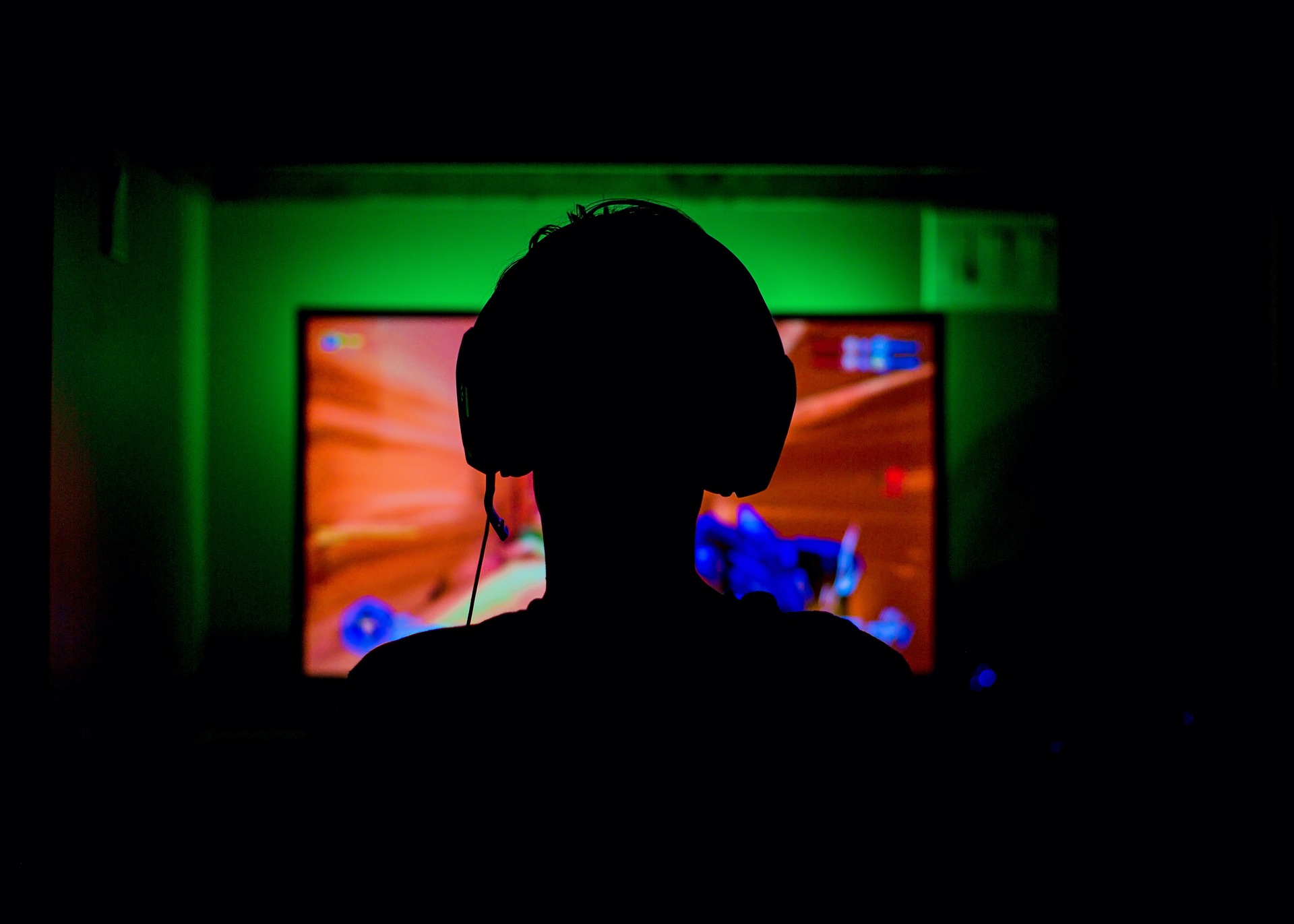Gaming enthusiasts always strive for the best visual experience possible, but issues like lag and low frame rates (FPS) can hinder gameplay enjoyment. Fortunately, there are several techniques and optimizations you can implement to enhance graphics quality, eliminate lag, and boost FPS in your favorite games. In this detailed guide, we’ll explore various methods to address these common gaming problems and optimize your gaming experience to the fullest.
Understanding Graphics Quality, Lag, and FPS
Before we delve into the solutions, let’s clarify these terms:
- Graphics Quality: Refers to the visual fidelity and detail level in games, including texture resolution, lighting effects, shadows, and overall graphical presentation.
- Lag: Occurs when there is a delay between input commands and their execution in the game, resulting in a sluggish or unresponsive gameplay experience.
- FPS (Frames Per Second): Indicates the number of frames rendered by the GPU (Graphics Processing Unit) per second. Higher FPS results in smoother and more responsive gameplay.
Optimizing Graphics Settings
- Adjust In-Game Settings: Most modern games offer a range of graphics settings that can be adjusted to balance visual quality and performance. Experiment with lowering settings such as texture quality, shadow resolution, and anti-aliasing to improve performance without sacrificing too much visual fidelity.
- Resolution Scaling: Lowering the game resolution can significantly improve FPS, although it may result in reduced image clarity. Consider lowering the resolution slightly if you’re experiencing performance issues.
- Update Graphics Drivers: Ensure that your GPU drivers are up-to-date. Manufacturers often release driver updates to improve performance and compatibility with new games.
Reducing Lag
- Close Background Programs: Running unnecessary programs in the background can consume system resources and contribute to lag. Close any unused applications before launching the game to free up resources for gaming.
- Optimize System Resources: Use Task Manager (Windows) or Activity Monitor (macOS) to identify and close resource-intensive processes that may be causing lag. You can also prioritize the game process to allocate more CPU and GPU resources to it.
- Check Network Connection: Lag can also be caused by network issues, particularly in online multiplayer games. Ensure that you have a stable internet connection and consider connecting via Ethernet for lower latency.
Increasing FPS
- Lower Graphics Settings: As mentioned earlier, reducing graphics settings such as texture quality, shadow resolution, and render distance can significantly increase FPS.
- Overclocking: If you’re comfortable with advanced tweaking, consider overclocking your GPU and CPU. This can provide a noticeable boost in FPS, but be cautious as it may void warranties and increase heat output.
- Upgrade Hardware: If you consistently struggle with low FPS despite optimizing settings and overclocking, it may be time to upgrade your hardware. Consider upgrading your GPU, CPU, or adding more RAM to improve gaming performance.
Conclusion
By implementing the techniques outlined in this guide, you can significantly improve graphics quality, eliminate lag, and increase FPS in your favorite games. Experiment with different settings and optimizations to find the perfect balance between visual fidelity and performance. With a little tweaking and optimization, you can enjoy smooth and immersive gaming experiences like never before.
